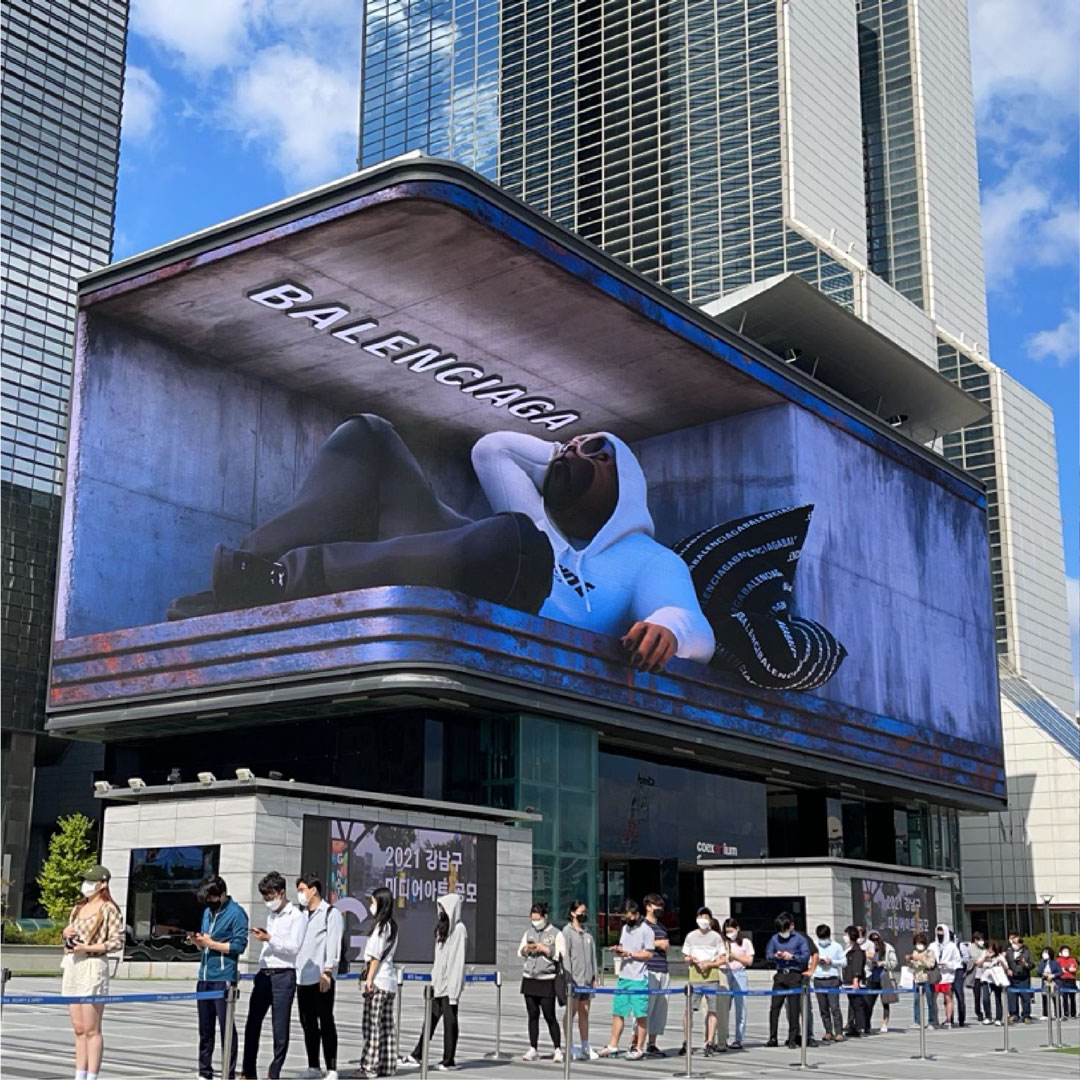- What is video mapping?
- Video mapping : what is it not?
- Words and dates
- Video mapping : when did it start and where ?
- What are the circumstances in which video mapping appears? Part.1
- What are the circumstances in which video mapping appears? Part.2
- The prehistory of video mapping
- Vjing
- Large-scale projection
- Large-scale projection around the year 2000
- Contemporary arts: the advent of the projector
- Site-specific arts: times and places
- Hans-Walter Müller: Volux and Topoprojections
- 2003: 3minutes² by Electronic Shadow
- The history of video mapping computer tools
- The history of video mapping computer tools. Part.2
- A history of institutionalisation…
- Yet another art form?
- Video mapping: a narrative
- Notes on artists
Video mapping: what is it not?
In order to better pinpoint the specific characteristics of video mapping, let us draw certain distinctions, the most important of which is as follows: unlike other contemporary multimedia works or performances, video mapping is not a screen-based work, i.e. it is not intended to be displayed on a screen.
… Cinema
Video mapping involves projected (animated) images. Although this only concerns a minor part of mapping productions, they may include live action (such as with Ocubo, for example). Video mapping therefore has some connections to cinema. But it also differs from it, since the object onto which these images are projected cannot be reduced to a projection screen. Not only does it show depth and volume — which constitutes a morphological difference — but more fundamentally: the object is not intended to be completely eclipsed by the projected images — with this difference being functional in nature. Although transformed, the object medium (let us refer to it thus) is perceived during the video mapping projection; it constitutes, in all its physicality, a significant component of the show or performance.
... An installation of LED screens
We should also be aware of the difference between video mapping and installations of screens or luminescent bars in urban, scenic or other spaces, which are fully contemporaneous to it. The technological developments around the light-emitting diode have enabled the construction of large LED screens able to broadcast very high-resolution images. These walls of images may be curved or circular. In 2018, Takao Someya, a professor at the University of Tokyo, even invented a flexible LED screen, to be worn on the skin: perhaps the LED screen will soon be able to cover every detail of complex volumes.

Balenciaga X Fortnite, AC3 Studio. Installation of a giant screen and 3D animation (shown here in Seoul, 2021)
But the LED screen (and LED bar) displays an image through the emission of direct light. The observer of video mapping sees an indirect light, which always entails a certain darkness as well as the presence of a projector (or several projectors) around it. Beyond any question of visual appearance, the principle of projection is a component of the unique video mapping experience. For the image projected into the shadows, onto a bare surface, makes it possible to perceive not only the volumetric structure of the object medium, but also its physicality, texture and haptic properties (everything which appeals to the sense of touch).

Golem X MBA, Arnaud Pottier - Les Ateliers BK. Installation at the Musée des Beaux-Arts in Lyon (2015).
These distinctions help us appreciate video mapping as a highly singular experience, which relies greatly on the superimposition of the imaginary and the real and is deeply rooted in the order of sensitivity. Now, this might constitute an artistic language — which is still to be explored. But take care not to fall into purism: hybridisation between video mapping and other techniques is not forbidden, far from it. Indeed, in the view of many mappers, this even represent the future of mapping.
Read more: Words and dates
